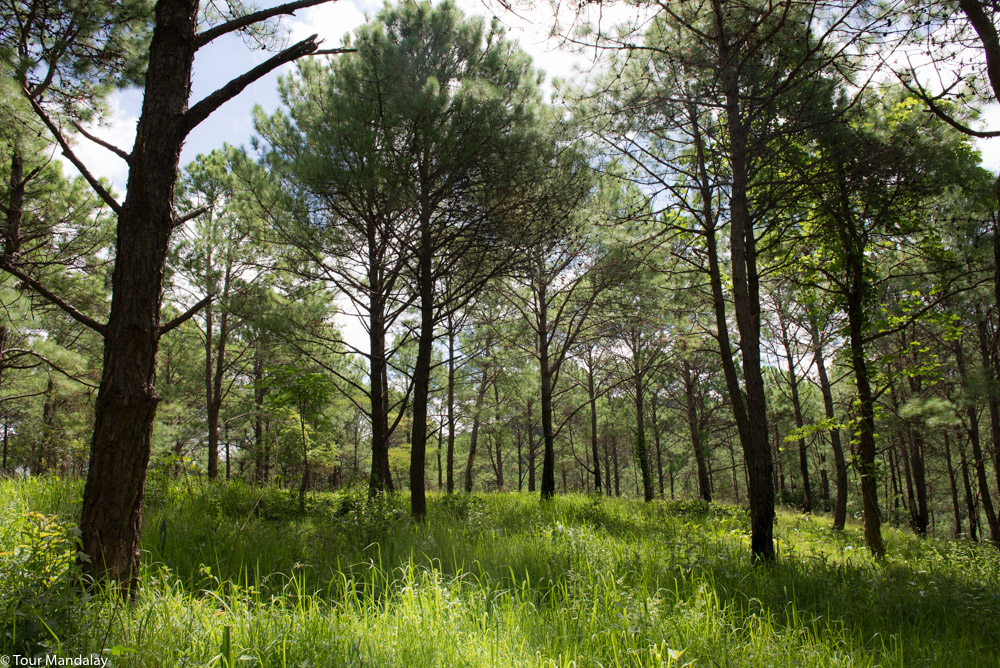Chin
Pine Forest in Myanmar
- Details
- Hits: 6068

credit-www.tourmandalay.com
The Northeast India-Myanmar Pine Forests eco-region is one of only four tropical or subtropical conifer forest ecoregions in the Indo-Pacific region. All of these eco-regions contain less biodiversity than the forests that surround them. However, they contain processes and species unique to these ecosystems.
This eco-region contains moderate levels of biodiversity but remains largely intact, providing opportunities to conserve and protect this eco-region's biodiversity into the future.
These forests are found in the north-south Burmese-Java Arc. The Arc is formed by the parallel folded mountain ranges that culminate in the Himalayas in the north. Moving south are the mountain ranges of Patkoi, Lushai Hills, Naga Hills, Manipur, and the Chin Hills. The outer southwestern fringe of mountain ranges forming the Arc is the Rakhine Yomas, the southern continuation of the folded mountain ranges branching off from the Himalayas. Geologically the eco-region has gley and black slates. Dark-colored serpentine and gabbro also are found interstratified within the shales.
The pine forest is found between 1,500 and 2,500 m. Several pine species occur. In the lower elevations P, merkusii is the dominant species, occasionally associated with Dipterocarps, Pinus insularis and Pinus excelsa are found at higher altitudes. These species often are associated with numerous broadleaf species such as Tsuga, Picea, Acer, and Quercus. Rhododendron, Ilex, Prunus, and Arundinaria bamboo occur in the understory.
In the late 1950s, the Myanmar Wildlife Survey team found few species except sambar (Cervus unicolor), barking deer (Muntiacus muntjac), wild boar (Sus scrofa), and Asiatic black bear (Selenarctos thibetanus) in this region. Serow (Capricornis sumatrensis) was plentiful. Large squirrel (Rafuta species), brown squirrel, small chipmunk, and civet also occur there. The dearth of wildlife was caused by deforestation from extensive shifting cultivation resulting in the barren hillsides. There are no endemic mammals in this eco-region.
The avifauna is also less diverse than the surrounding eco-regions. According to the Myanmar Wildlife Survey, conducted in the late 1950s, several distinctive birds were found in the region. These include the silver-breasted broadbill (Serilophus lunatus), white-naped yuhina (Yuhina bakeri), rufous-vented tit (Parus rubidiventris saramatii), stripe-throated yuhina (Yuhina gularis), babblers (Timaliidae), grey-sided laughingthrush (Garrulax caerulatus), rufous-chinned laughingthrush (Garrulax rufogularis), striated laughingthrush (Garrulax striatus), cochoa (Cochoa spp), beautiful nuthatch (Sitta formosa), sultan tit (Melanochlora sultana), leafbird (Chloropsis spp), and white-browed fulvetta (Alcippe vinipectus). Shelduck and bare-headed geese were seen in tens and hundreds along the Chindwin River.



